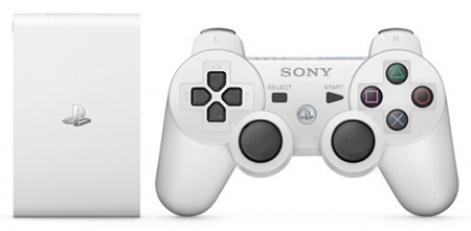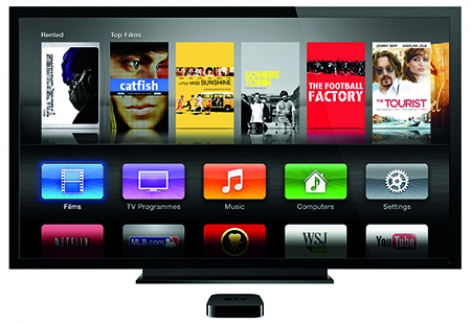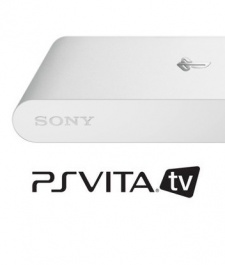By that I mean, even its unveiling on Kickstarter sent a minor but nonetheless notable ripple across the industry.
Here was a device that took the pick-up-and-play spirit that had flourished across the smartphone scene and applied it to the console market a sector still dominated by expensive, power hungry machines home to $60 titles.
Of course, the irony is that Ouya's troubled launch has encountered the same hurdles that the very consoles the device looks to undermine have had to deal with for decades the chicken and egg scenario of trying to secure killer content to attract consumers from developers reluctant to back the device until it boasts a sizable userbase.
Ouya has undoubtedly already had an impact on this industry's major players, though. Sony's PS Vita TV unveiling is evidence enough of that.
No micro issue
Though it may not have been immediately apparent to much of the mainstream press Ouya seemingly still something of a mystery to that particular group - the PS Vita is in fact an unconsole, or microconsole depending on your preferred title.
Here's a sub $100 device that plugs into your TV and plays a library of games nabbed from existing platforms, just like Ouya, GameStick et al.
The one rather massive advantage it has over those devices, however, is a recognisable logo slapped on its casing and the backing of a respected manufacturer.
Sony is very much following an existing trend here, but that's not to say it isn't something of a smart move.

Overnight, PS Vita developers who have been content with targeting a small band of gamers now have another piece of hardware that can run their software, with an audience entirely independent of the PS Vita's own.
The long and short of it is, even if PS Vita sales fail to pick up and I'm not convinced its association with PS4 will make all too much difference Vita developers won't be without a userbase.
Indeed, there's every chance PS Vita TV may even outsell the handheld it borrows its name (and hardware) from.
Leader of the pack?
But while Ouya may have inspired PS Vita TV, it certainly isn't its main target.
Indeed, the most striking thing about the device is how it mirrors the capabilities people expect from the still-not-yet-announced app-equipped Apple TV.
Apple's reluctance to lift the lid on such a device despite the suggestion its already laid the groundwork for a controller for its library of games smacks of indecision.
Even if Apple's press event later today unveils such a device to the world, the Cupertino giant is still coming to the party rather late. The drinks have been served, the nibbles consumed, and all that's left are a couple of drunks mooching around the dancefloor.
While Jobs fostered a company that was happy to take risks and lead the world with devices like the iPad, now Apple appears unwilling to go out on a limb, leaving the door wide open for its rivals.

PS Vita TV won't be alone, either. Chatter already suggests that Google and Amazon are working on microconsoles of their own.
Much of Apple's concern likely revolves around the fact there may not be much mainstream appetite for such devices. I'm personally not convinced that microconsoles will ever stretch beyond a loyal and vocal niche in the longterm, but given we work in an industry that changes every 2 or 3 months, that's no reason not to try.
And it would appear the industry's rivals aren't happy to sit around and wait for Apple to take a punt anymore. They've picked up the litmus paper, and they're testing the waters for themselves.
The industry is charging ahead, and it's now time for Tim Cook and co. to play catch up.






















